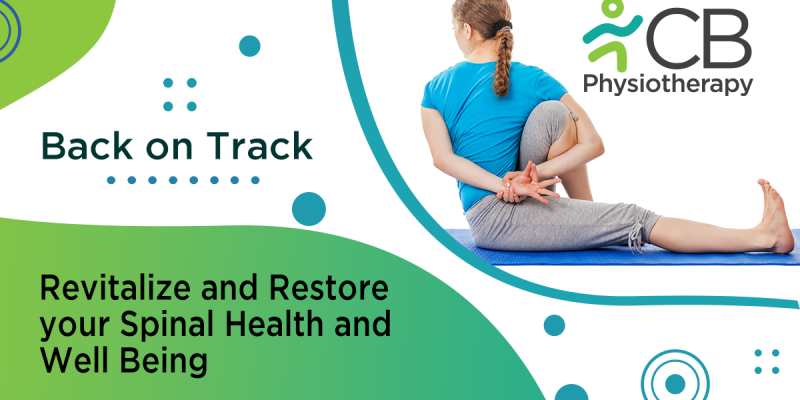WORLD SPINE DAY
World Spine Day celebrates spine health annually on October 16th. The day aims to increase awareness for the prevention, diagnosis, and treatment of back pain and other spine issues. With an estimated one billion people worldwide suffering from spinal problems, it affects all age groups, from children to the elderly. It is the biggest single cause of disability on the planet. World Spine Day brings together people from all walks of life – patients, health providers, healthcare organizations, associations, and governments – to help ease the global burden of spinal disorders. World Spine day also provides a forum for ongoing discussion about the burden of spinal disorders and sharing best practices. Spinal problems can be managed by the promotion of regular physical activity, encouraging good posture throughout all stages of life, teaching responsible lifting, and developing healthy working conditions.
The Theme for World Spine Day 2020: Back on track
The 2020 theme for World Spine Day is ‘Back on Track’. The timely theme was inspired by the challenges of the COVID-19 pandemic, which have inevitably led to a decrease in physical activity, potentially leaving people susceptible to spinal pain. COVID-19 affecting various people across the world followed by imposing restrictions on people’s movement has been linked to a range of health conditions. Back on Track highlights the importance of exercise, posture, movement, and good self-care to ensure a healthy spine. The activities can be as simple as ensuring to exercise daily, maintain a balanced diet, and get enough sleep. Practicing Straighten Up stretching program is also a great way to help you regain control over your health. The theme celebrates the cause of people being able to reactivate and revitalize their bodies by getting out and focusing on effective spine care. The theme also highlights the importance of exercise, posture, movement, and good self-care to make the spine healthy.
PHYSIOTHERAPY IN MANAGING SPINAL HEALTH
Physiotherapists are trained in many different aspects of the spine, which are proven to be effective in managing spinal-related health concerns, from rehabilitating patients with spinal cord injuries or systemic spinal conditions (such as Ankylosing Spondylitis) to treating conditions such as lower back and neck pain. Physiotherapy has a special interest in neuro-musculoskeletal conditions and treats patients with nerve irritations referred from the spine, muscle injuries and pain, and pain in all joints including the spine. Physiotherapy aims at helping regain normal movement patterns of the spine to aid in and prevent pain. This is usually carried out through joint mobilizations, soft tissue techniques, as well as teaching, improved movement through mobility, flexibility, and strengthening exercises.
The goal of physical therapy is to decrease back pain, increase function, and teach the patient a maintenance program to prevent future spinal problems. The patient may only need the treatment and education that patient receives during the initial assessment or the patient may need months of rehabilitation. Common forms of physical therapy include Passive physical therapy (modalities), which includes things done to the patient, such as heat application, ice packs, and electrical stimulation. While Active Physical Therapy focuses on specific exercises and stretching. For most spinal problems related to back pain treatments, active exercise is the focus of the physical therapy program.

